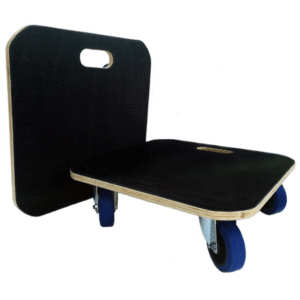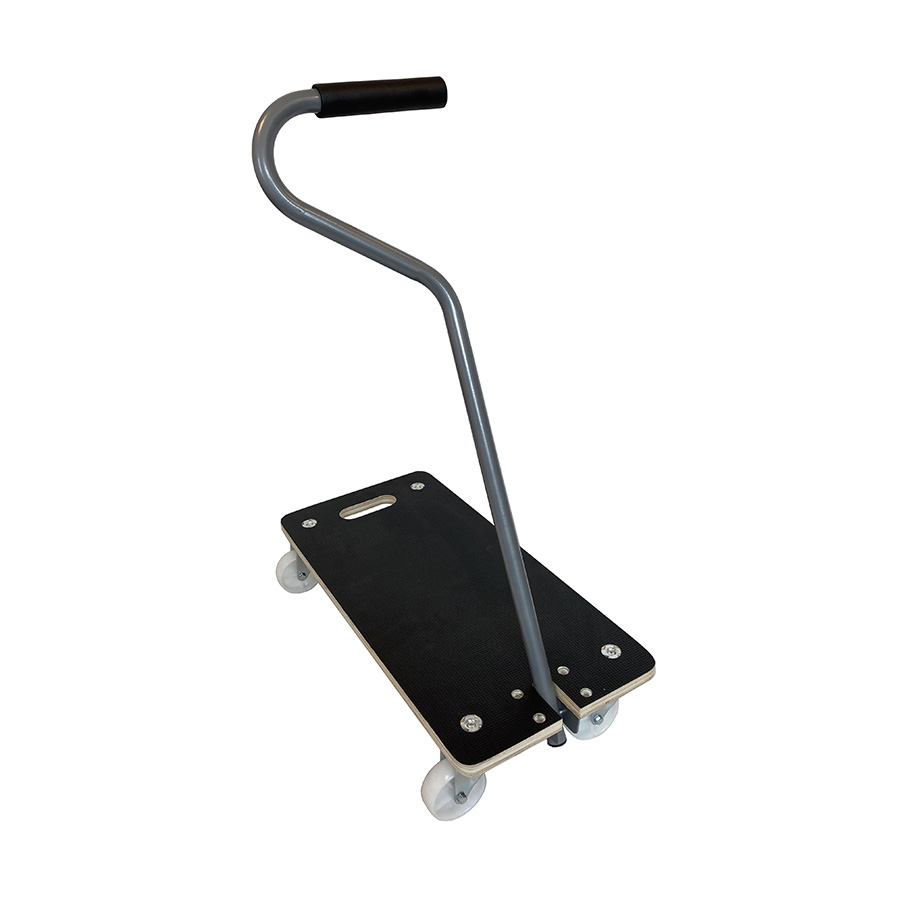The first step is to remove everything inside your refrigerator including any food and shelves. You don’t want anything rattling around inside, whether you are moving your fridge from one room to another or to a completely new property.
Next unplug the refrigerator and make sure the power cord is securely tied up so it doesn’t get in the way. If your fridge has an ice maker, remember to disconnect this from the water supply too. If you are moving a fridge freezer, you will need to defrost the freezer before the move. This normally takes between six and eight hours so make sure you do this before you have to move it. Then ensure the fridge and freezer are both dry and clean and ready to go.
Before moving your fridge on to your dolly, close and secure the doors using either a rope or a bungee cord. The fridge needs to be held upright as far as possible, so enlist some help to ensure it doesn’t topple over as you try to move it. Another pair of eyes are also useful for navigating through doors, around corners and, if necessary, into the moving van.
One of the best pieces of equipment to use is a heavy duty dolly which can handle the weight of the fridge and ensure easy movement. It is important to keep the fridge upright. Never move the refrigerator on its side or back or the oil in the compressor could flow into the heat exchanger tubes. When the fridge is returned to its upright position, the oil may not completely drain from the tubes, meaning it will not cool properly in future. There is also a danger of the coolant leaking if the fridge is tipped over.
When you have your fridge on the dolly and are moving it, try to tilt it as gently as possible and if you have to move it down stairs, do so as smoothly as possible, and avoid bumping it.
When placing it into a van, get some help. You will need at least one person in the van to pull the fridge and dolly up and two people on the ground to push from there. The fridge should be firmly secured in the van in an upright position for the journey ahead.
When you reach your destination, take care in moving the fridge out of the van and into its new position. Make sure it is still safely secured to the dolly and cannot topple over.
Once delivered, the fridge should be allowed to sit for at least three hours before it is plugged in to give the fluids a chance to settle. It will take about three days for your fridge to reach its ideal cooling temperature.
For more information on getting the best dolly for the job contact our experts at Evo Supplies on 01206 386683.



